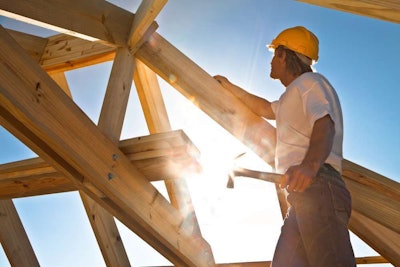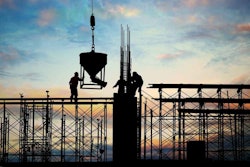
Home starts are down 12 percent from the September 2015 rate, according to preliminary data from the Commerce Department.
An 8.1-percent increase in single-family starts was completely negated and then some by a 39-percent drop in multi-family starts. Single-family starts rose to a rate of 783,000 and are up 5.4 percent over the year-ago figure, while multi-family starts fell to a rate of 250,000 and are down 42.5 percent from September 2015.
Building permits, a good barometer of how the homebuilding industry is trending, were up for the month, rising 6.3 percent during September to a rate of 1.225 million. Permits are up 8.5 percent from the September 2015 estimate.
National Association of Home Builders chief economist Robert Dietz said in a statement that the single-family increase is in line with his group’s expectations, adding that multi-family’s slump is no reason to panic.
“After strong readings during the summer, multifamily production pulled back in September,” said NAHB Chief Economist Robert Dietz. “Still, we expect the multifamily sector to post a good year in 2016, though down a bit from last year, which was likely the peak year for this cycle.”
Following a big monthly increase in September, builder confidence in the market fell two points in October to a reading of 63, according to the latest release of the NAHB/Wells Fargo Housing Market Index. Any reading above a 50 indicates most home builders believe market conditions are good.
“The October reading represents a mild pullback from a jump in September, and indicates that the housing market continues to make slow and steady gains,” Dietz said in a statement. “Moreover, mortgage rates remain low and the HMI index measuring future sales expectations has been over 70 for the past two months. These factors will sustain continued growth in the single-family market in the months ahead.”









